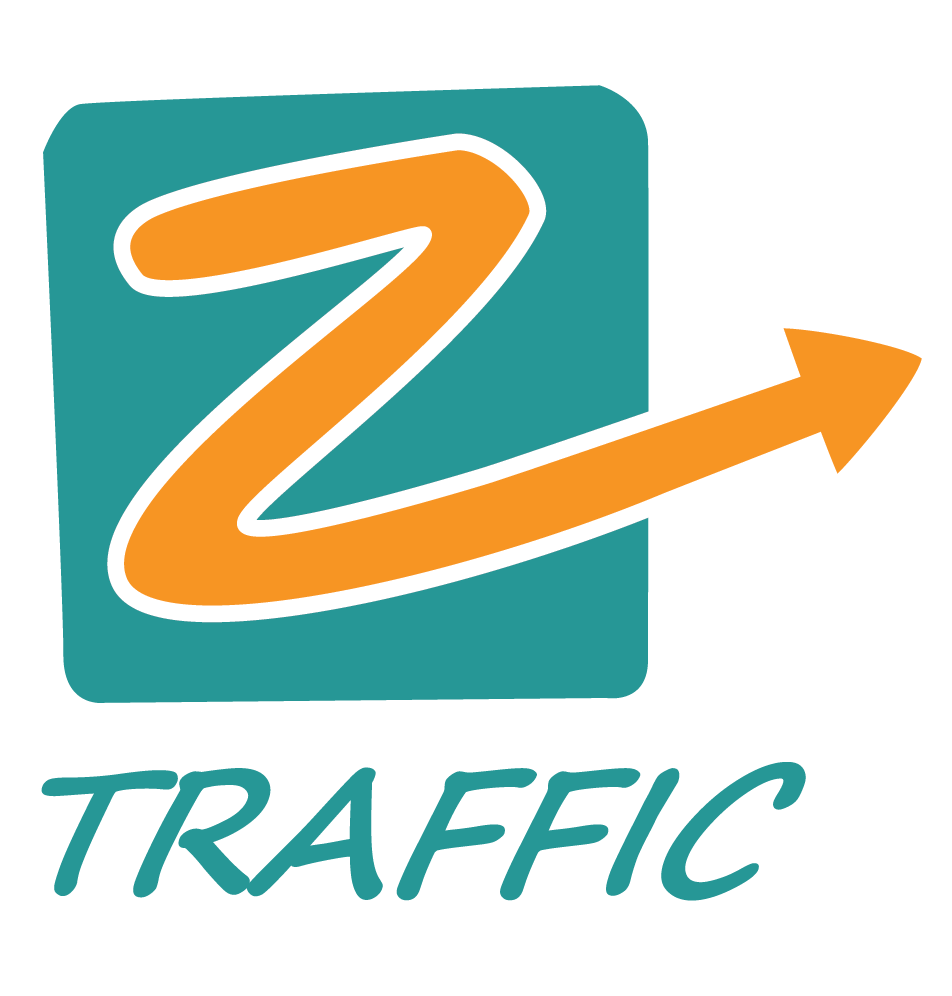AI Search Is Expanding the Funnel, Not Replacing It – Adweek
AI is rewriting the rules of search, and that means it’s time for marketers to rethink the rules of engagement. We’re entering an era where platforms backed by billions in investment are changing how people get answers to their questions, make decisions, and explore the world—online and in-person.
Google isn’t going anywhere, but its grip on consumer behavior is facing new pressures. What’s emerging is a layered experience—one that blends traditional search with AI-native assistance.
So what does this shift mean for the marketing funnel? And more importantly, how should marketers respond?
The reality at this point is that people aren’t replacing Google with AI—they’re using both, just in different ways.
Think of someone planning a trip. They start with a Google search—something like “cheap island vacations.” It’s quick, broad, and meant to spark the imagination. But as the idea takes shape and they move closer to booking, their behavior shifts. Now they’re turning to an AI tool: “Create a 7-day itinerary to the Bahamas with top beaches and snorkeling spots.” That’s not a search—it’s a request for a plan. Same person, same goal, but two very different moments in the journey.
Google still dominates the early stages of exploration. It’s where curiosity begins and ideas take shape. But as people move closer to a decision, behavior shifts. AI tools are stepping in—guiding choices, offering recommendations, and helping users take action in real time.
And the market is paying attention. According to Emarketer, AI-driven search ad spend is expected to reach $26 billion within five years. That level of investment doesn’t just follow hype—it follows consumer behavior. And that behavior is already changing.
With search and AI each playing a distinct role in how people move from discovery to decision, marketers need a new playbook. The shift doesn’t just change where we show up—it changes how we plan, create, and measure across the entire funnel.
Here’s what that looks like in practice:
Data is the connective tissue. It’s what helps marketers see the full picture—not just where people are showing up, but how their behavior is evolving across platforms. What signals are they giving as they move from exploration to decision? Understanding those shifts helps marketers adapt content, rebalance spend, and build smarter, more responsive journeys.
And as agentic AI begins to take more action on behalf of consumers—not just surface recommendations—marketers will need strategies that allow them to keep pace with how people search, evaluate, and decide.
Will Google successfully integrate AI into its core experience—or will AI-native tools emerge as stand-alone performance platforms? Time will tell. Either way, marketers should prepare now.
Start pressure-testing your content:
Treat this as a moment to modernize:
Embrace experimentation as a habit:
The brands that move early will be the ones that stay visible, useful, and trusted, no matter how the search experience continues to evolve.
This isn’t about old versus new. It’s about how the funnel is evolving—and how marketers need to evolve with it.
AI is expanding the funnel, not replacing it. It’s adding new paths for discovery, consideration, and conversion. The opportunity is to understand how intent flows across platforms—and meet it at every stage.
Smart marketers won’t wait. They’ll rebuild around a more dynamic funnel, powered by data, designed for action, and optimized for how people actually search. Those who adapt first won’t just navigate the change—they’ll shape what comes next.
Jessica Shapiro is CMO at LiveRamp.
By submitting your email, you agree to our Terms of Use and Privacy Policy . You may opt-out anytime by clicking ‘unsubscribe’ from the newsletter or from your account.
AI in traditional search spaces is contracting available real estate for brands
Coachella has become a launchpad for brand storytelling across the entire festival season






